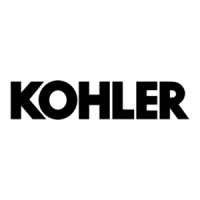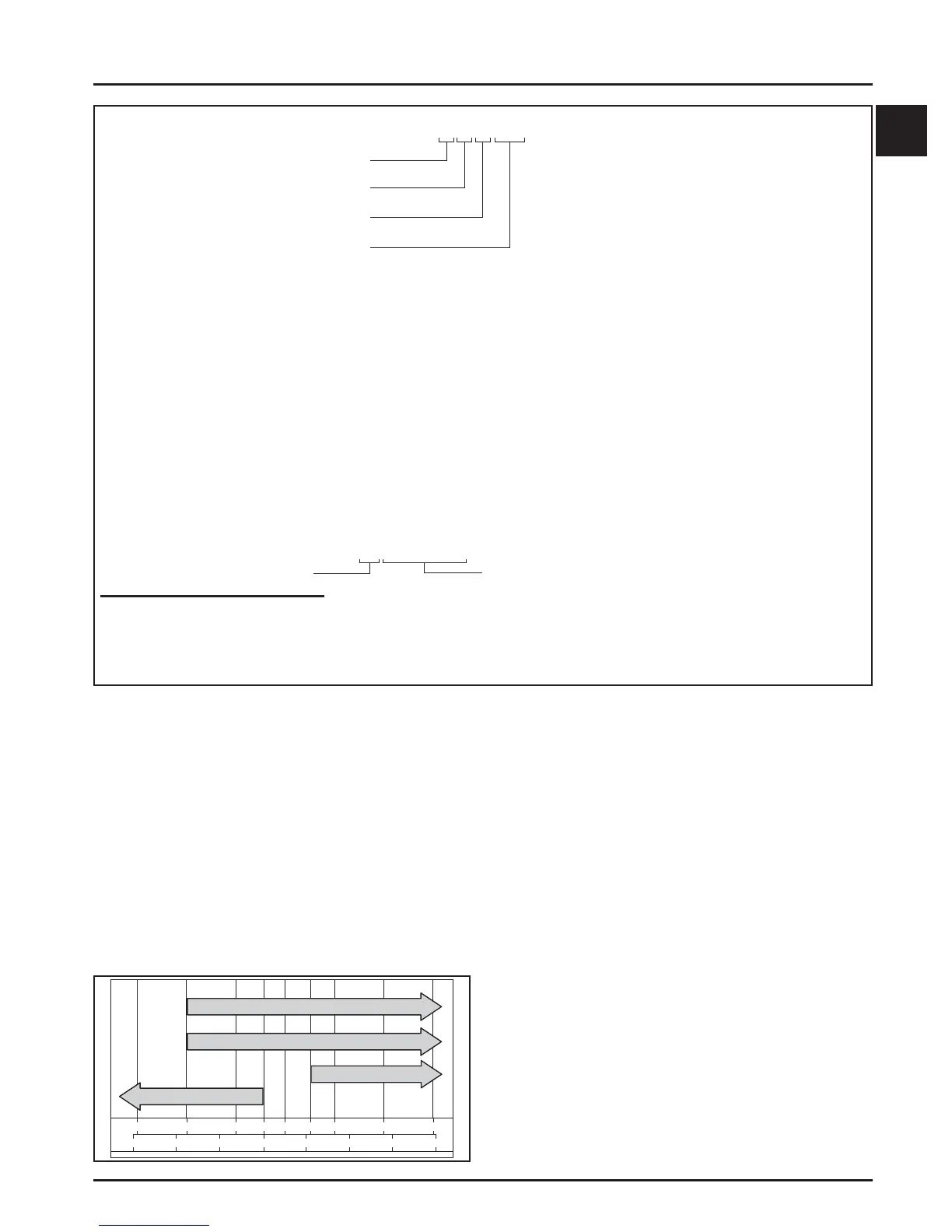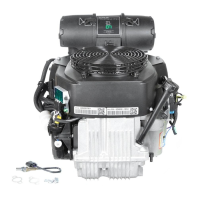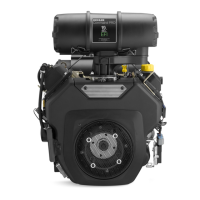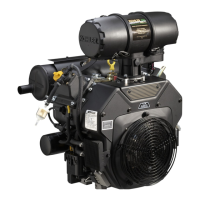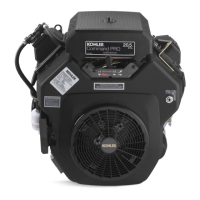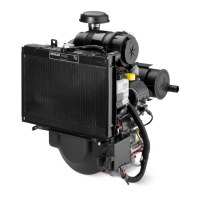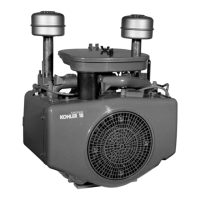1.3
Section 1
Safety and General Information
1
Figure 1-2. Explanation of Engine Identifi cation Numbers.
A. Model No.
Electronic Fuel Injection (EFI)
Command Engine
Numerical Designation
630
650
680
730
740
749
B. Spec. No.
ECV630-XXXX
ECV650-XXXX
ECV680-XXXX
ECV730-XXXX
ECV740-XXXX
ECV749-XXXX
C. Serial No.
Year Manufactured Code
Code Year
39 2009
40 2010
41 2011
Factory Code
39 05810334
E C V 749
Vertical Crankshaft
Oil Recommendations
Using the proper type and weight of oil in the
crankcase is extremely important. So is checking oil
daily and changing oil regularly. Failure to use the
correct oil, or using dirty oil, causes premature engine
wear and failure.
Oil Type
Use high-quality detergent oil of API (American
Petroleum Institute) Service Class SJ or higher. Select
the viscosity based on the air temperature at the time
of operation as shown in the following table.
NOTE: Using other than service class SJ or higher oil
or extending oil change intervals longer than
recommended can cause engine damage.
NOTE: Synthetic oils meeting the listed
classifi cations may be used with oil changes
performed at the recommended intervals.
However, to allow piston rings to properly
seat, a new or rebuilt engine should be
operated for at least 50 hours using standard
petroleum based oil before switching to
synthetic oil.
°F
-20
020324060
50 80 100
°C
-30 -20
-10 0
10 20 30
40
5W-30
10W-30
Kohler 10W-30
SAE 30
